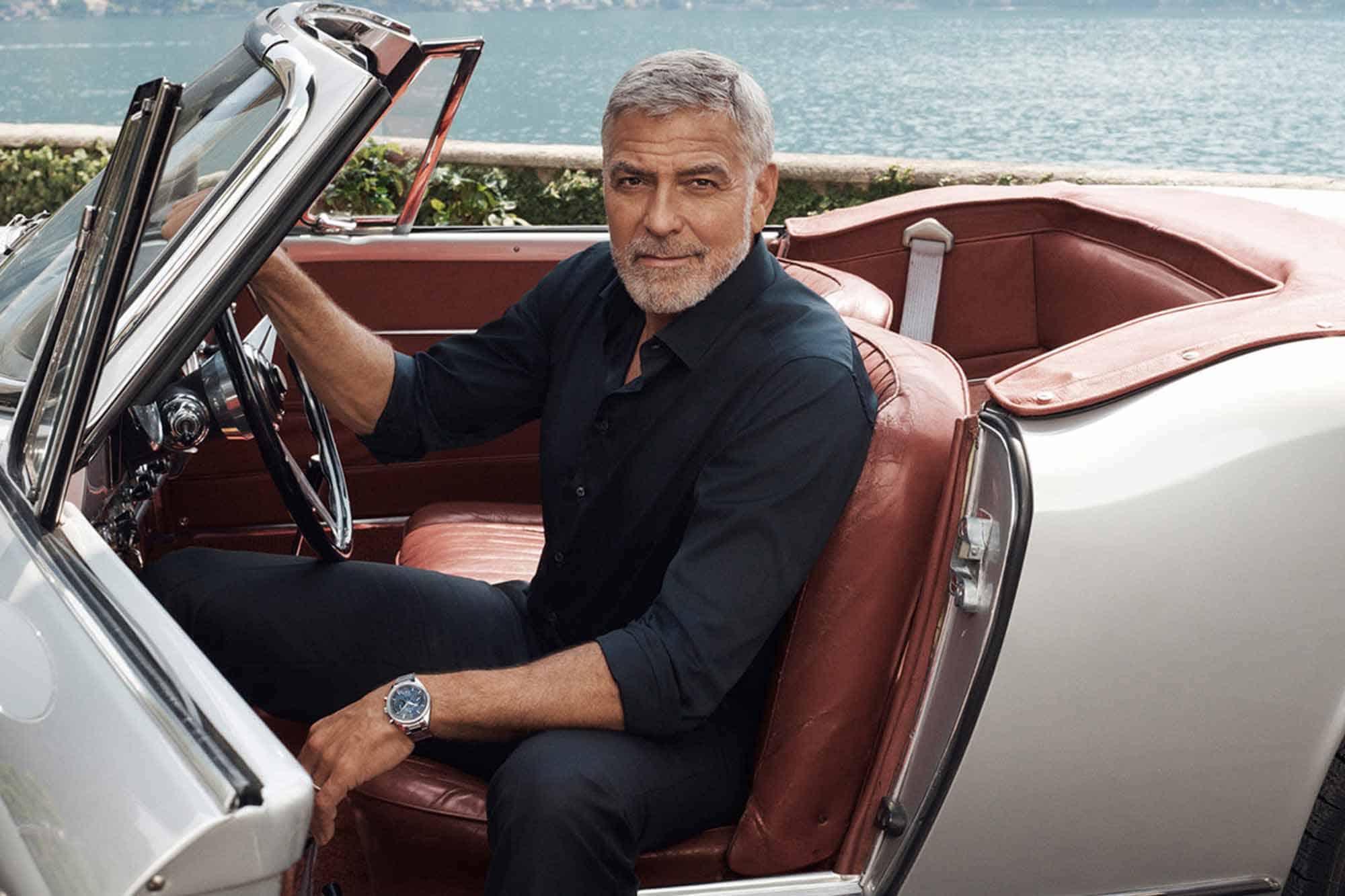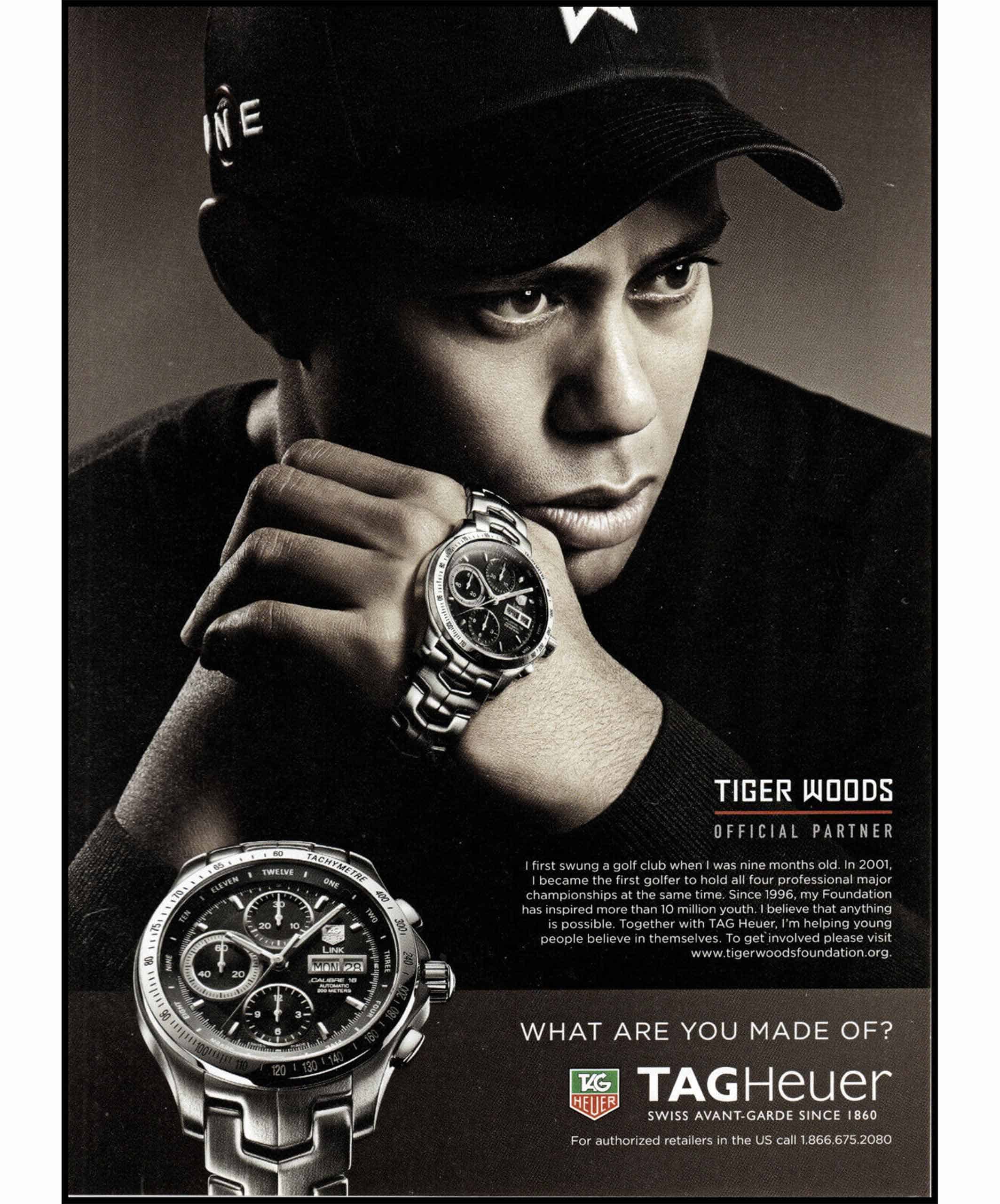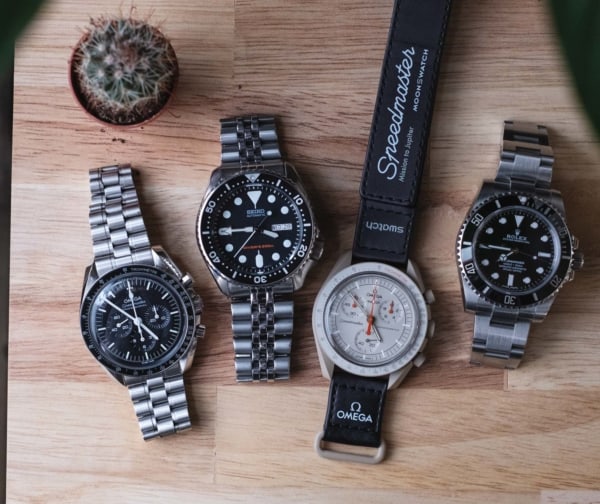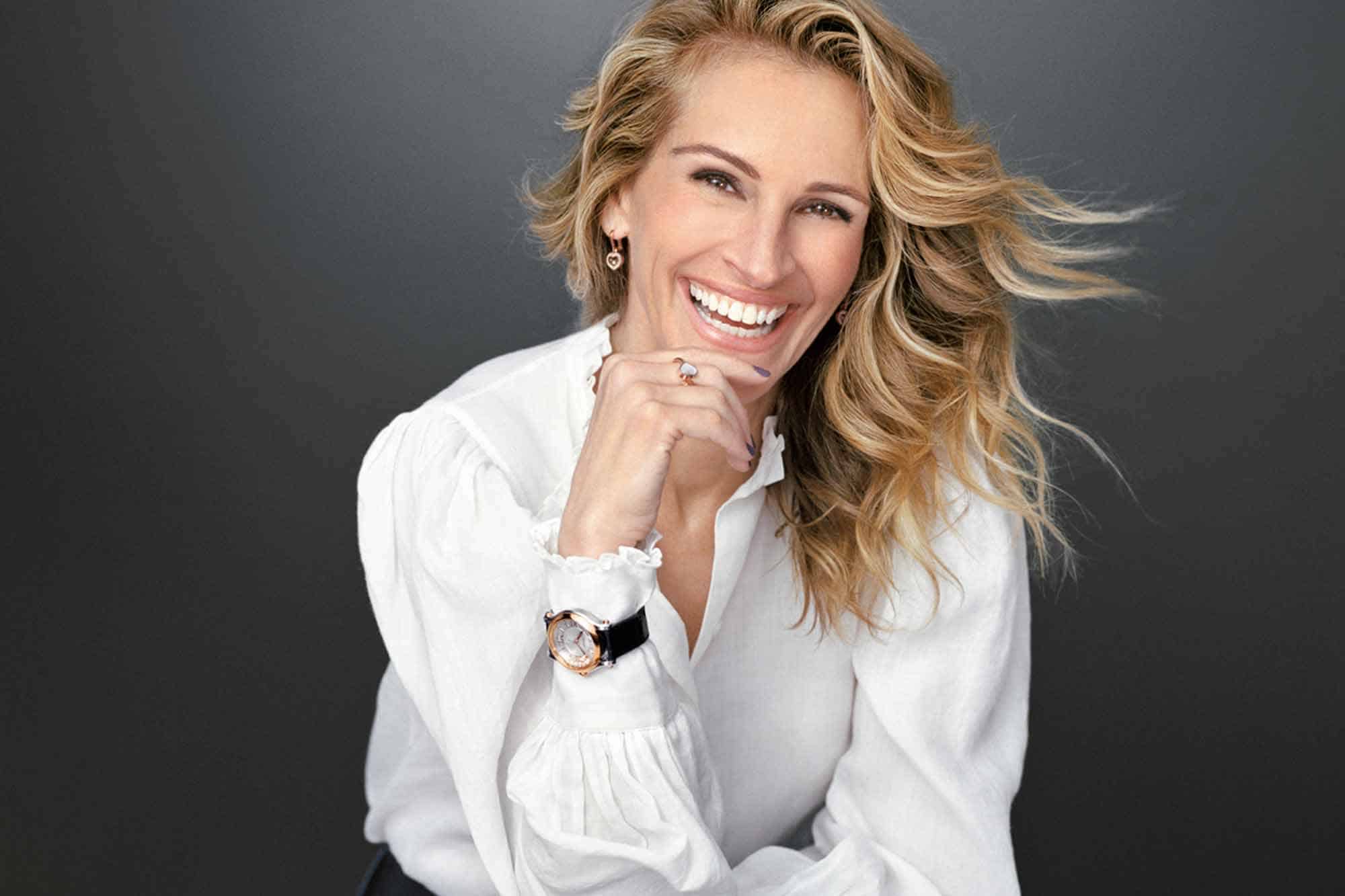I’d like to start with a warning: what you’re about to read is going to be frivolous. This is not hard hitting watch journalism. It’s not a deeply felt opinion piece about a matter of great import to the watch world at large. And it’s not an in-depth review of a watch the community has its eye on. No, this little editorial is about something that’s been rattling around in my head for a while, and serves as an admission of sorts: I’m kind of fascinated by how watch brands use celebrity ambassadors.
Somehow, celebrity ambassadors have become the third rail of serious watch conversation. They aren’t taken seriously by hardcore watch enthusiasts, and bringing them up in a circle occupied by hobbyists will often garner an eye-roll. Hey, I get it. The deeper you are into any particular culture, the less impact advertising and the popular version of whatever it is you like has on you. In a previous life as an amateur Music Snob, I’d sneer at the suggestion that I’d enjoy anything that might be played on the radio. I’d begin to write bands off as past their prime when they gained enough traction to graduate from playing clubs to larger theaters. If 5,000 people want to see these guys at the same time, there’s no way they’re niche enough for me.

But over time, I’ve softened. I’ve even seen some of those bands I liked in college that were pretty obscure at the time go on to play arenas. Small arenas, but still. And it’s the same with watches, sort of. You can claim that you’re too much of a purist to care about what Jeremy Allen White wore on the red carpet at the Golden Globes, but it also might be kind of fun to think through the implications of his (or his stylist’s) choice in watch for the evening. Because whether he, or any other celebrity, picked the watch out themselves, is a certified owner, or a paid spokesperson, the way watches are presented to literally millions of people has an impact on our hobby.









 Featured Videos
Featured Videos













